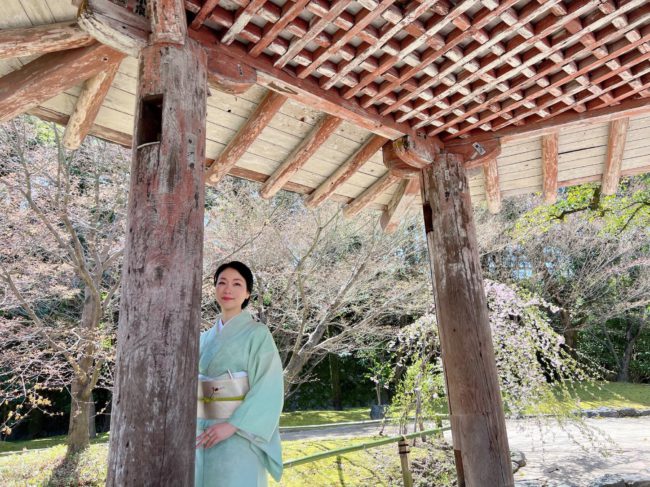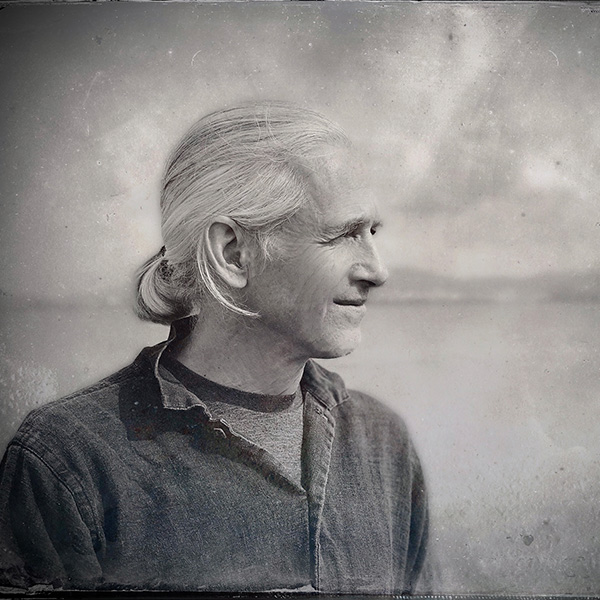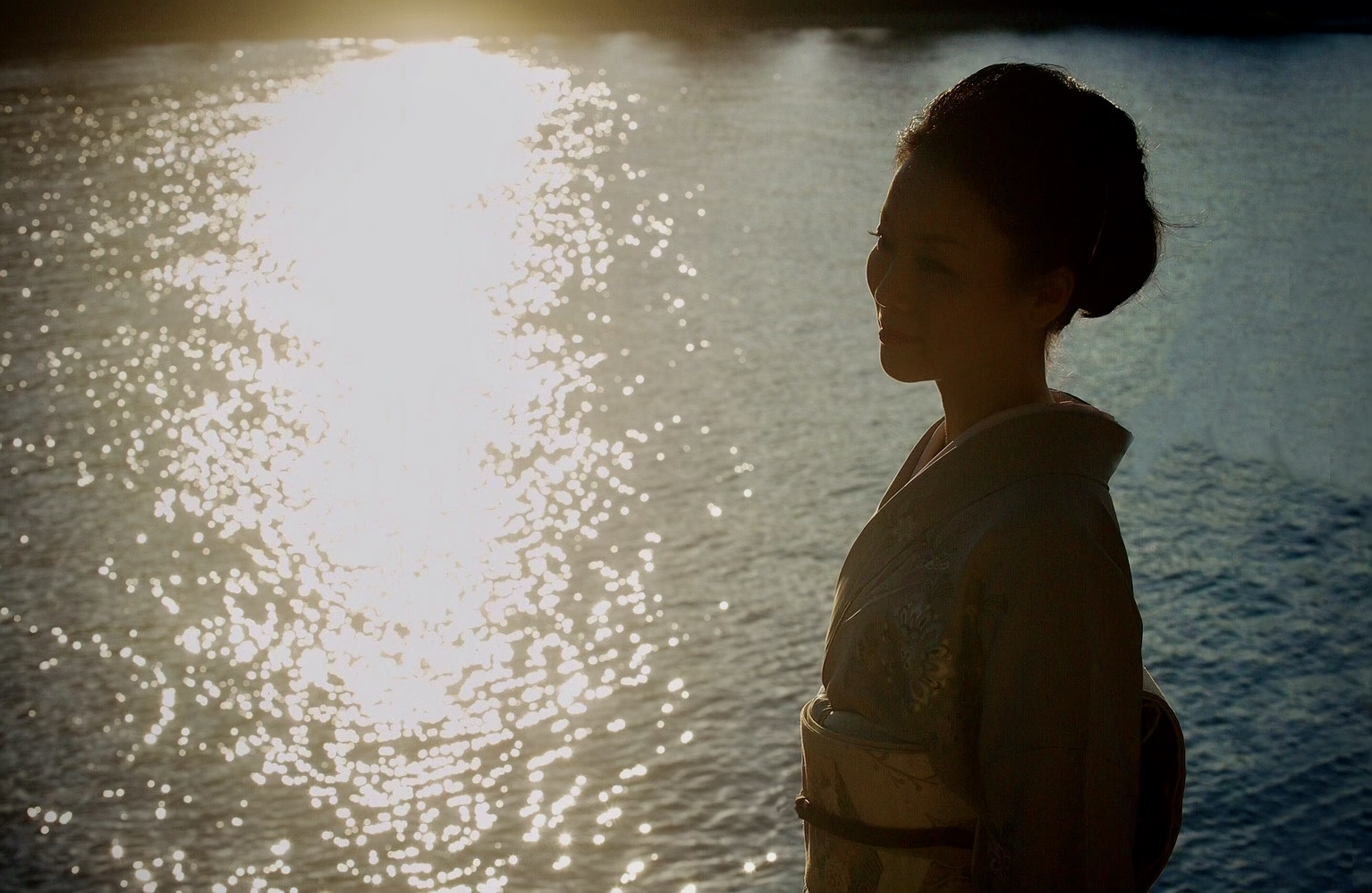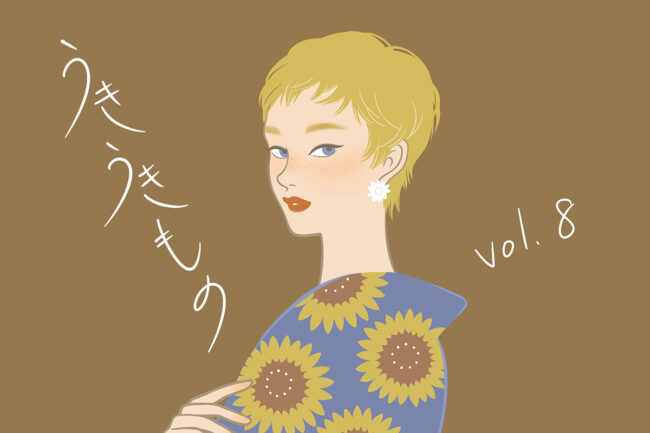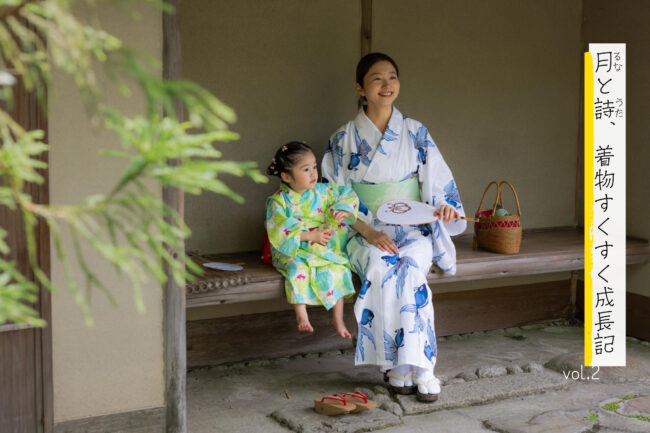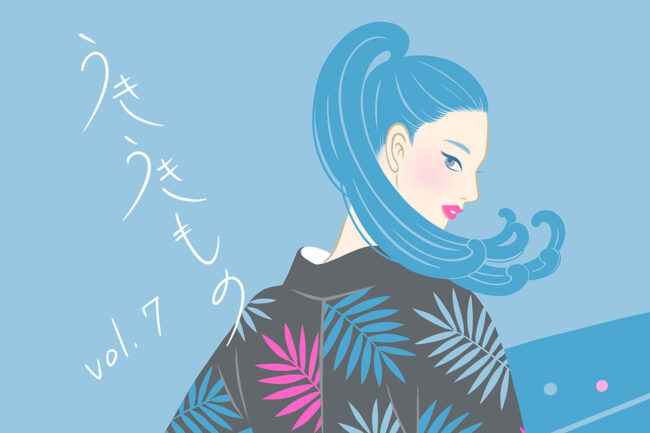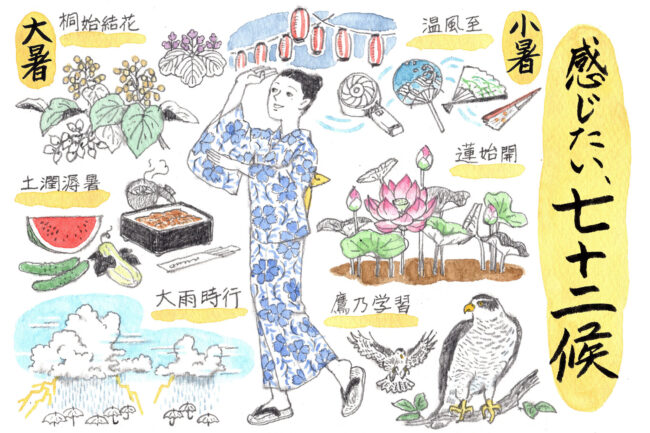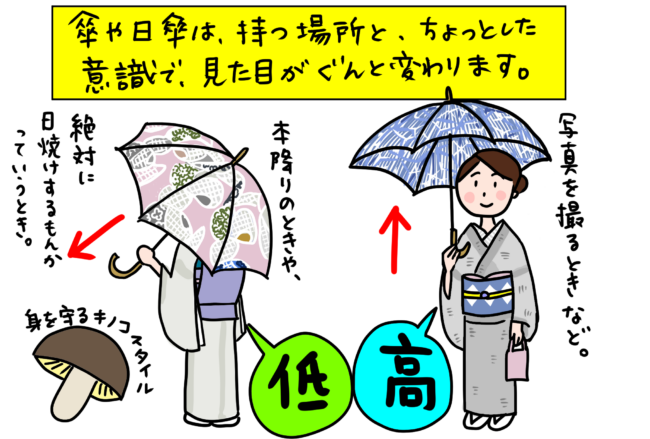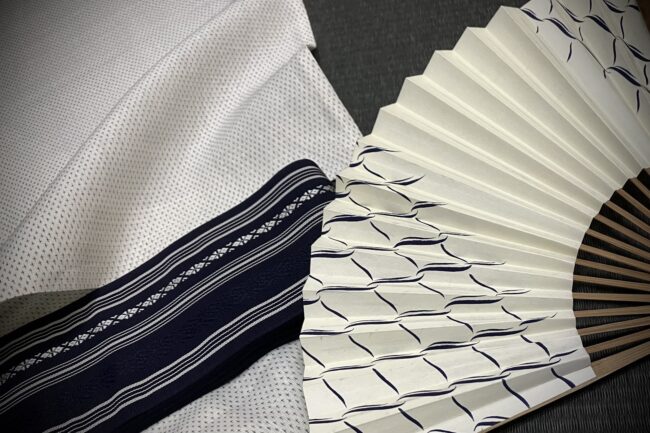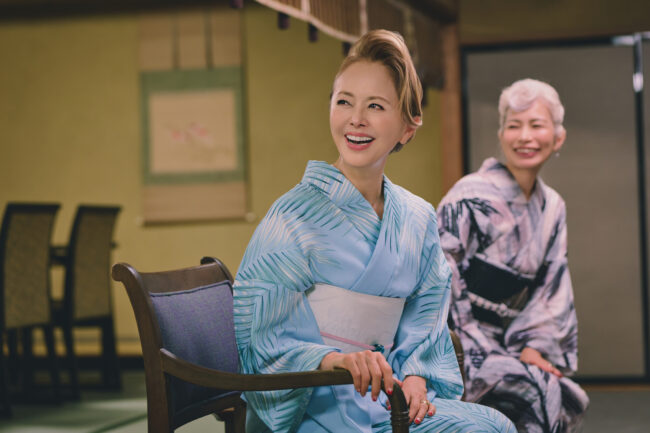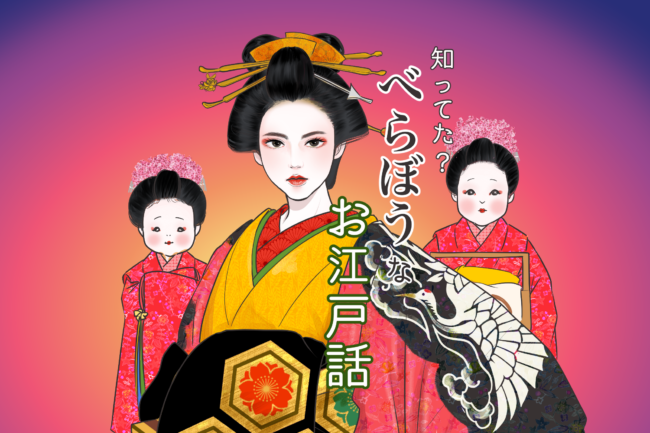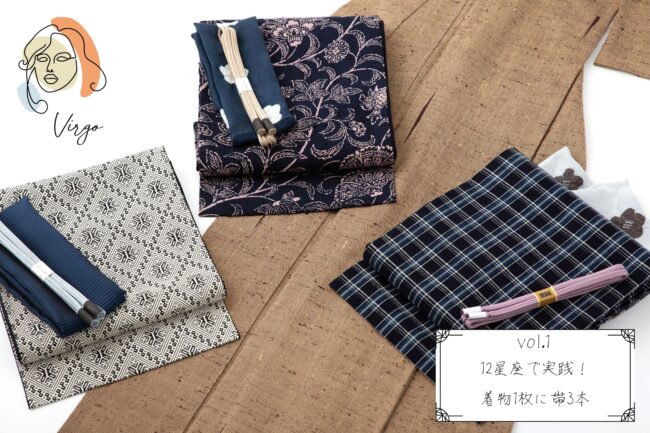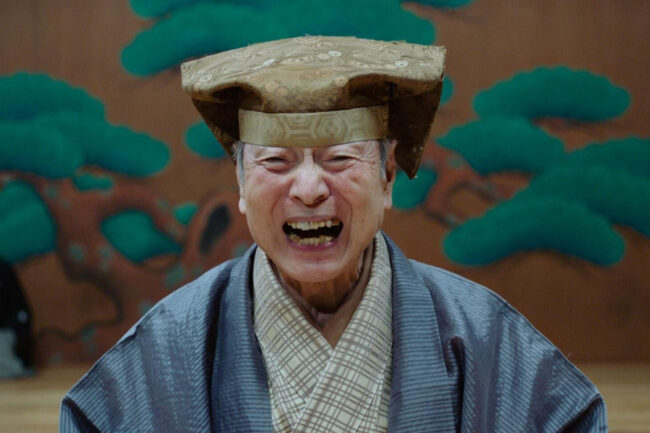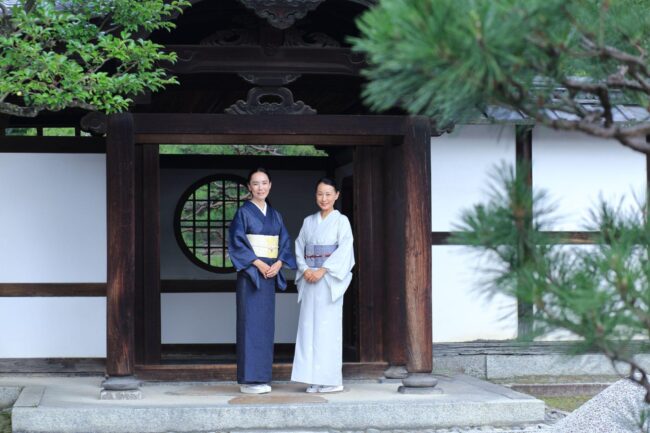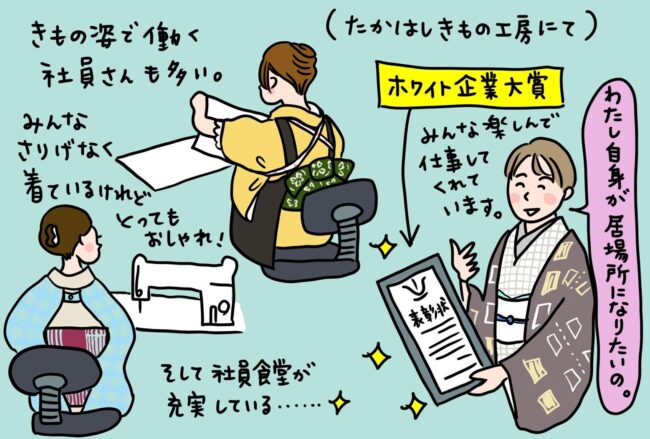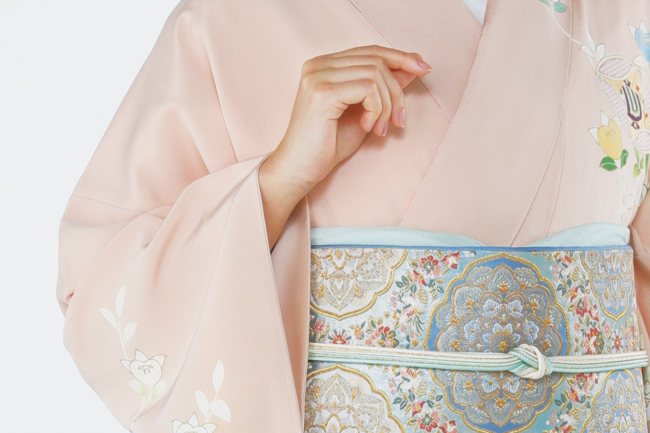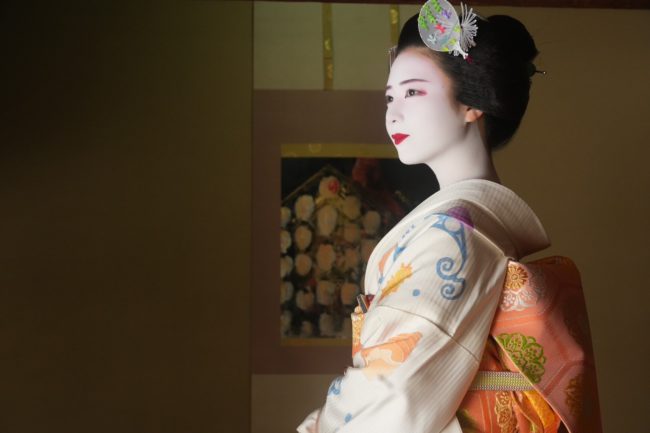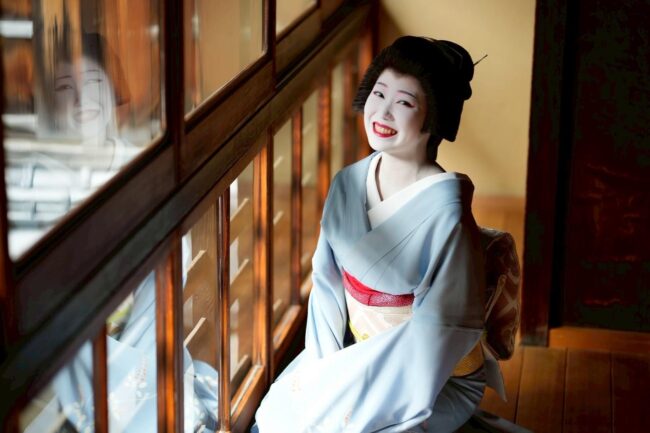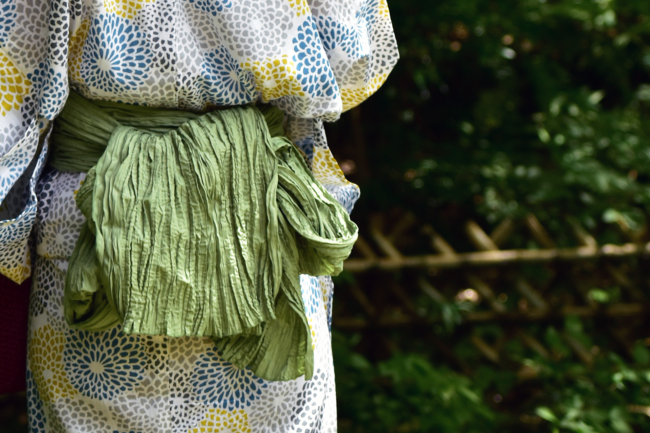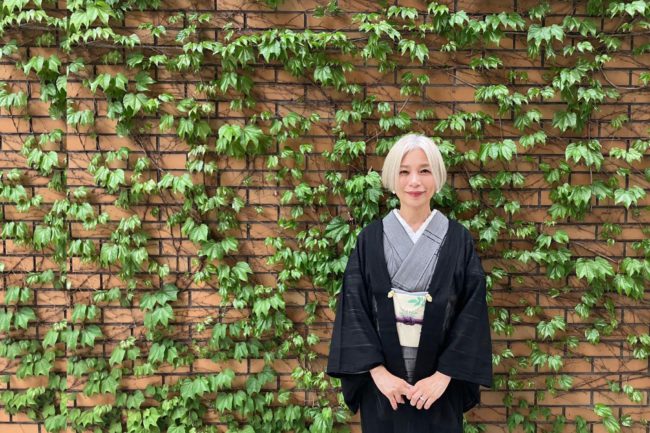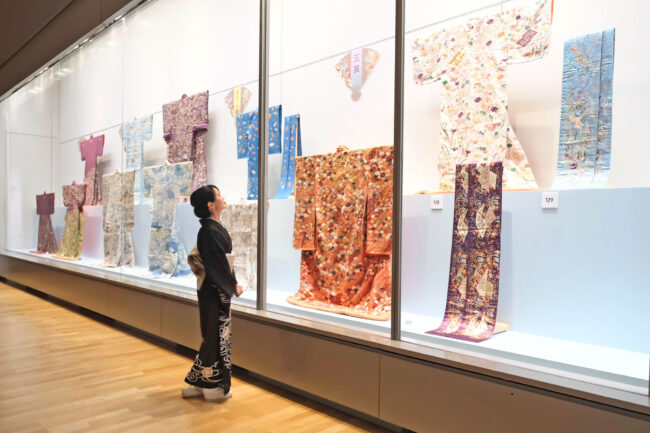- ホーム
- コラム
- 文化として開花した”CHA” 「Junko Sophieの秘伝京都」vol.13 │ “Junko Sophie’s Hidden Kyoto” │ 「潤子索菲的私密京都」│ Le Kyoto Secret de Junko Sophie
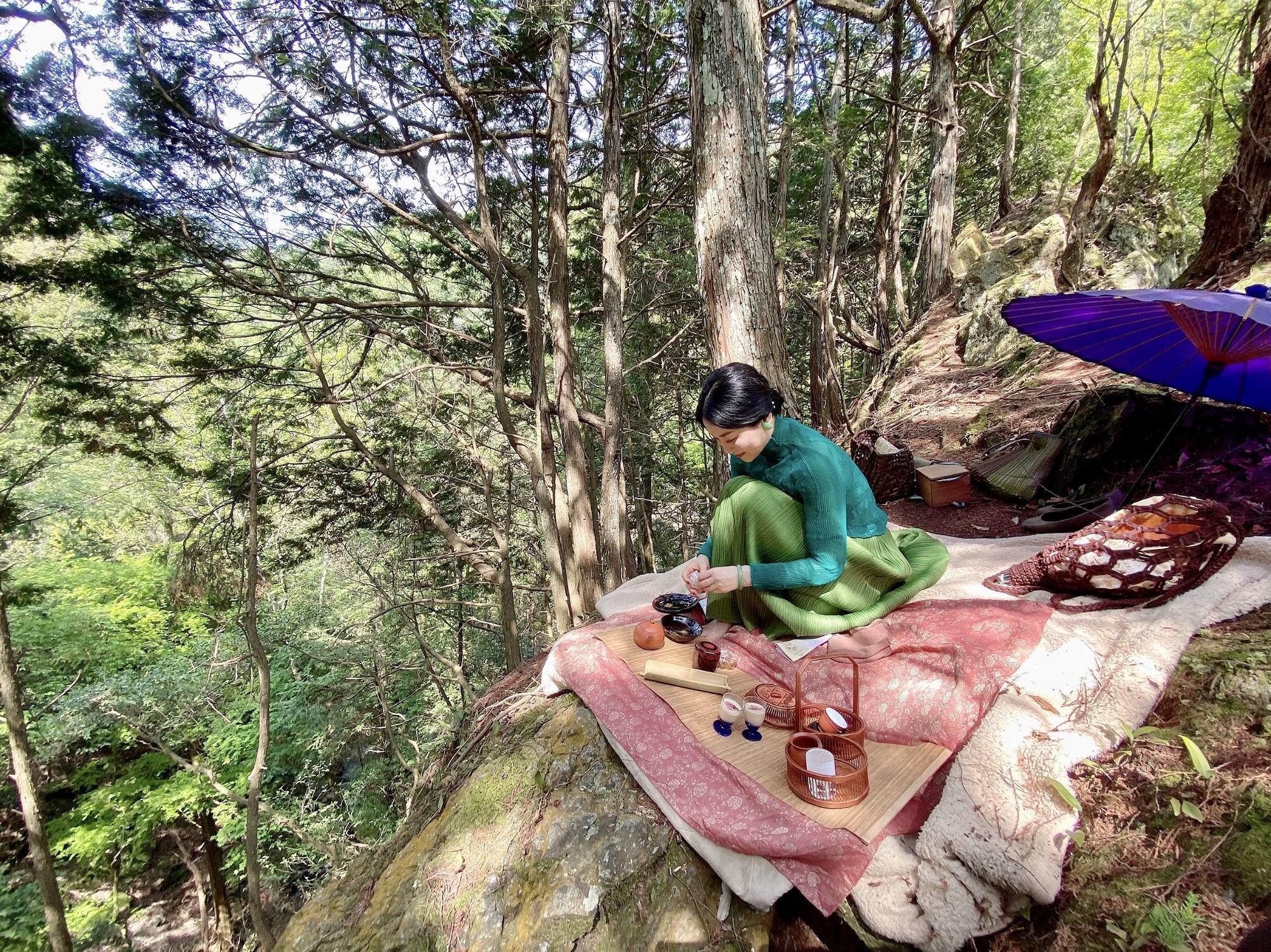
文化として開花した”CHA” 「Junko Sophieの秘伝京都」vol.13 │ “Junko Sophie’s Hidden Kyoto” │ 「潤子索菲的私密京都」│ Le Kyoto Secret de Junko Sophie
さまざまな美の発見と、日本文化の奥座敷への探求、京都で暮らす女性としての新しい視点を。/Kyoto's beauty and the new perspectives I have developed as a woman from living here. /我將每個月與大家分享這座城市各種美的發現,以及我身為一個女性生活在京都的新視角。
目次
- ◆「お茶」にたどりつく京都文化| Kyoto Culture From the Perspective of Tea| 從「茶」走入京都文化| La culture de Kyoto sous l’angle du thé
- ◆「お茶酔い」と、美味しいお茶をいれる秘訣| “Being a tea euphoria” and the Secret of Making Fine Tea| 「沉醉於茶」與泡茶的秘訣| “Devenir ivre avec le thé”, le secret de la préparation d’un thé raffiné.|
- ◆今回訪ねた場所| My Favorite Places| 這次探訪的地方| Mes endroits préférés|
- ◆装いについて| Kimono of the Day| 當日選擇的和服| Kimono du jour|
- ◆今回の湿板光画| The Wet Plate Collodion| 濕板攝影藝術作品| Le collodion humide|
- ◆おいしい京都| Delicious Kyoto| 介紹潤子索菲的京都美味| Délicieuse Kyoto|
シェア
BACK NUMBERバックナンバー
-

2025.07.05
連載記事
ロンドンでの新しい楽しみ方 「Junko Sophieの秘伝ロンドン」Vol.20(最終回) │ Junko Sophie’s Hidden London │潤子索菲的私密倫敦
-

2025.07.05
連載記事
足るを知る心「Junko Sophieの秘伝京都」Vol.19 │ Junko Sophie’s Hidden Kyoto │潤子索菲的私密京都
-

2025.07.05
連載記事
インドの神々への献茶 「Junko Sophieの秘伝インディア」Vol.18 │ Junko Sophie’s Hidden India │潤子索菲的私密印度
-

2025.07.05
連載記事
”静”と”動”の彩り「Junko Sophieの秘伝インディア」Vol.17 │ Junko Sophie’s Hidden India │「潤子索菲的私密印度」
-

2025.07.05
連載記事
京都とインドが溶け込んで 「Junko Sophieの秘伝インディア」Vol.16 │ Junko Sophie’s Hidden India │「潤子索菲的私密印度」│ L’Indie Secret de Junko Sophie
-

2025.07.05
連載記事
インドの結婚式で京都文化サロンを(後編) 「Junko Sophieの秘伝インディア」Vol.15 │ Junko Sophie’s Hidden India │「潤子索菲的私密印度」│ L’Indie Secret de Junko Sophie
-

2025.07.05
連載記事
京友禅サリーで、夢のようなインドの結婚式へ(前編)「Junko Sophieの秘伝インディア」vol.14 │ Junko Sophie’s Hidden Inidia │「潤子索菲的私密印度」│ L’lnde Secret de Junko Sophie
-

2025.07.05
連載記事
文化として開花した”CHA” 「Junko Sophieの秘伝京都」vol.13 │ “Junko Sophie’s Hidden Kyoto” │ 「潤子索菲的私密京都」│ Le Kyoto Secret de Junko Sophie
-

2025.07.05
連載記事
もてなし、もてなされの”妙”「Junko Sophieの秘伝京都」vol.12 │ Junko Sophie’s Hidden Kyoto │「潤子索菲的私密京都」│ Le Kyoto Secret de Junko Sophie
-

2025.07.05
連載記事
桜の秘めごとと”もののあはれ”「Junko Sophieの秘伝京都」vol.11 │ Junko Sophie’s Hidden Kyoto │「潤子索菲的私密京都」│ Le Kyoto Secret de Junko Sophie
-

2025.07.05
連載記事
“異国美”の都「Junko Sophieの秘伝京都」vol.10 │“Junko Sophie’s Hidden Kyoto” │「潤子索菲的私密京都」│ Le Kyoto Secret de Junko Sophie
-

2025.07.05
連載記事
福来たる初春と、和歌の極意「Junko Sophieの秘伝京都」vol.9 │ Junko Sophie’s Hidden Kyoto │ 潤子索菲的私密京都 │ Le Kyoto Secret de Junko Sophie
-

2025.07.04
連載記事
魯山人と”間”の文化 「Junko Sophieの秘伝京都」vol.8|Junko Sophie’s Hidden Kyoto | 潤子索菲的私密京都 │ Le Kyoto Secret de Junko Sophie
-

2025.07.04
連載記事
インドでよみがえる、京都の美の秘密 「Junko Sophieの秘伝京都」番外編 l Junko Sophie’s Hidden Kyoto
-

2025.07.04
連載記事
“小さきもの、数少なしは心深し”の秋 「Junko Sophieの秘伝京都」vol.7 │ Junko Sophie’s Hidden Kyoto │ 潤子索菲的私密京都 │ Le Kyoto Secret de Junko Sophie
-

2025.07.04
連載記事
古都の香りをまとう暮らし「Junko Sophieの秘伝京都」vol.6 │ Junko Sophie’s Hidden Kyoto │ 潤子索菲的私密京都 │ Le Kyoto Secret de Junko Sophie
-

2025.07.04
連載記事
月夜とやつしの美 「Junko Sophieの秘伝京都」vol.5 │ “Junko Sophie’s Hidden Kyoto” │ 「潤子索菲的私密京都」
-

2025.07.04
連載記事
涼をとるしかけ 「Junko Sophieの秘伝京都」vol.4 │ “Junko Sophie’s Hidden Kyoto” │ 「潤子索菲的私密京都」
-

2025.07.04
連載記事
“ハレとケ”のメリハリ 「Junko Sophieの秘伝京都」vol.3 │ “Junko Sophie’s Hidden Kyoto” │ 「潤子索菲的私密京都」
-

2025.07.04
連載記事
美と文化の泉がひそむ 「Junko Sophieの秘伝京都」vol.2 │ “Junko Sophie’s Hidden Kyoto” │ 「潤子索菲的私密京都」
-

2025.07.04
連載記事
京都の魔法に導かれて「Junko Sophieの秘伝京都」vol.1 │ “Junko Sophie’s Hidden Kyoto” │ 「索菲潤子的私密京都」
LATEST最新記事
-

ライフスタイル
着物の所作を美しくするために重ねた訓練【女優 熊谷真実さん】(後編)「着物ひろこが会いに行く!憧れのキモノビト」vol.8
-

カルチャー
遊郭は江戸のセーフティネット? 「知ってた?べらぼうなお江戸話」vol.2
-

ライフスタイル
【おとめ座】『ざざんざ織』を着回すコーデ 「12星座で実践!着物1枚に帯3本」vol.1
-

カルチャー
人間国宝・野村万作氏の狂言に捧げた90年『六つの顔』 「きもの de シネマ」vol.68
-

インタビュー
【対談】映画作家 河瀨直美さん×着物家 伊藤仁美さん ――着物はひとりで着るものじゃない。
-

ライフスタイル
世の中の役に立つ企業をめざして【たかはしきもの工房・髙橋和江さん】「きくちいまがプロに聞くシリーズ」和装小物のギモンを解決! vol.10
RANKINGランキング
- デイリー
- ウィークリー
- マンスリー
-

カルチャー
投扇興(とうせんきょう)を楽しむ!【大西常商店・大西里枝さん】「きくちいまがプロに聞くシリーズ」扇子のギモンを解決!vol.5
-

エッセイ
9月の着物コーデは夏あり冬ありのグラデーション! 「きくちいまが、今考えるきもののこと」vol.75
-

着物の基本
着物は「右前」「左前」どっち?覚え方のコツや注意点を解説!
-

着物の基本
今さら聞けない!アニメ『鬼滅の刃』に登場する柄・模様と、込められた意味
-

カルチャー
麗しい舞妓姿で人気を博す 祇園甲部・真矢さん 「令和の芸舞妓図鑑」vol.12
-

着物でおでかけ
世界遺産東寺見どころ完全ガイド。国宝五重塔はもちろん、隠れ見どころまで
-

カルチャー
”かわいい”から”キレイ”へ 祇園甲部・豆沙弥さん 「令和の芸舞妓図鑑」vol.20
-

イベント
無心になれる針仕事…和裁士さんに運針を学ぼう 京都きもの市場 大阪梅田店 2周年イベントレポート
-

インタビュー
文化の垣根を越えた試みに挑戦― 歌舞伎俳優 中村壱太郎さん(前編)
-

ライフスタイル
若女将から4代目社長へ 「#京都ガチ勢、大西さん家の一年」vol.7
-

カルチャー
投扇興(とうせんきょう)を楽しむ!【大西常商店・大西里枝さん】「きくちいまがプロに聞くシリーズ」扇子のギモンを解決!vol.5
-

着物の基本
着物は「右前」「左前」どっち?覚え方のコツや注意点を解説!
-

ライフスタイル
桜花祭で織姫 「#京都ガチ勢、大西さん家の一年」vol.4
-

着物の基本
今さら聞けない!アニメ『鬼滅の刃』に登場する柄・模様と、込められた意味
-

ライフスタイル
端午の節句に菖蒲尽くし 「#京都ガチ勢、大西さん家の一年」vol.5
-

エッセイ
9月の着物コーデは夏あり冬ありのグラデーション! 「きくちいまが、今考えるきもののこと」vol.75
-

ライフスタイル
萬燈会とお盆飾り 「#京都ガチ勢、大西さん家の一年」vol.8
-

着物の基本
兵児帯(へこおび)とは?特徴や選び方・結び方をご紹介!
-

着物の基本
着物は「右前」「左前」どっち?覚え方のコツや注意点を解説!
-

着物の基本
今さら聞けない!アニメ『鬼滅の刃』に登場する柄・模様と、込められた意味
-

カルチャー
”かわいい”から”キレイ”へ 祇園甲部・豆沙弥さん 「令和の芸舞妓図鑑」vol.20
-

着物の基本
しびれるくらい粋でカッコいい!半幅帯の帯結び 「着物ひろこの着付けTIPs」vol.5
-

カルチャー
投扇興(とうせんきょう)を楽しむ!【大西常商店・大西里枝さん】「きくちいまがプロに聞くシリーズ」扇子のギモンを解決!vol.5
-

ライフスタイル
若女将から4代目社長へ 「#京都ガチ勢、大西さん家の一年」vol.7
-

着物の基本
兵児帯(へこおび)とは?特徴や選び方・結び方をご紹介!
-

着物の基本
初心者でも一人でできる!旅館やお祭りなど簡単な浴衣の着付け方をご紹介!
-

着物でおでかけ
特別展『江戸☆大奥』東京国立博物館 「きものでミュージアム」vol.49






